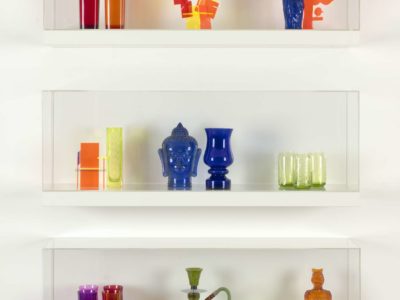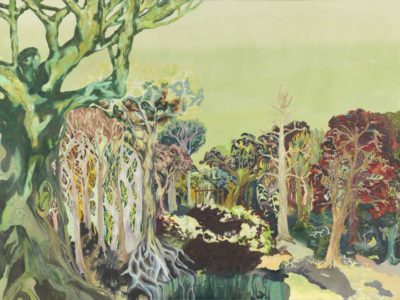Josef Herman, Dusk
The same generation as Sir Horace Phillips, painter Josef Herman is best remembered for his depictions of British working classes. Like Phillips, Herman found a place of refuge and a home in Glasgow.
In Dusk (pictured here), three labourers return home with their donkey after a long day at work. In the lithograph In the Mountains we see a man, probably a miner, wearing a wide-brimmed hat and riding a donkey cart. He seems burdened with a general air of exhaustion, as if he is returning from a hard day’s work.
Josef Herman was born in Warsaw in 1911, the eldest of three children in a poor Jewish family. He left Poland for Belgium in 1938, where he met and was greatly influenced by the artist Permeke. When the First World War broke out, Herman travelled to France and then Scotland, arriving in Glasgow in 1940. There, he frequented the circle of other artist émigrés, Jankel Adler and Benno Schotz. Tragically, all of his family members were killed in Nazi concentration camps in 1943 and 1944.








